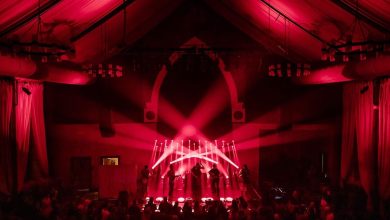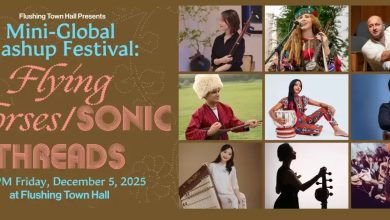The Evil Eye in Islam and Arab Culture: Beliefs, Protection, and Meaning
Understanding the ancient concept of the “evil eye” and its significance in Islamic teachings and Arab traditions.
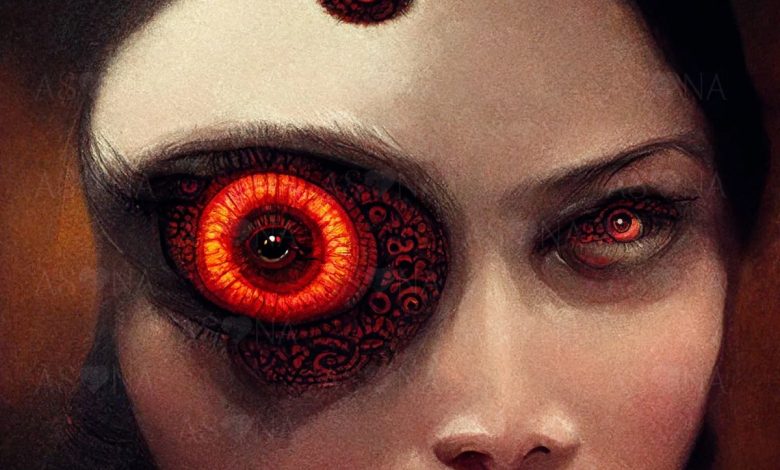
The concept of the evil eye—or al-‘ayn (العين) in Arabic—is one of the most deeply rooted beliefs in Islamic and Arab cultures. It refers to the harmful gaze of envy or jealousy that, according to tradition, can cause real damage to a person’s health, wealth, or happiness. Though seen as superstition by some, the belief in the evil eye has been acknowledged in both cultural practice and Islamic teachings for centuries.
What Is the Evil Eye (Al-‘Ayn)?
The evil eye is believed to occur when someone looks at another with envy or intense admiration, consciously or unconsciously. This look is said to bring about misfortune—such as illness, bad luck, or even financial hardship. In Arab tradition, the expression “عين الحسود لا تسود” (“the eye of the envious will never succeed”) reflects the cultural fear and awareness of this phenomenon.
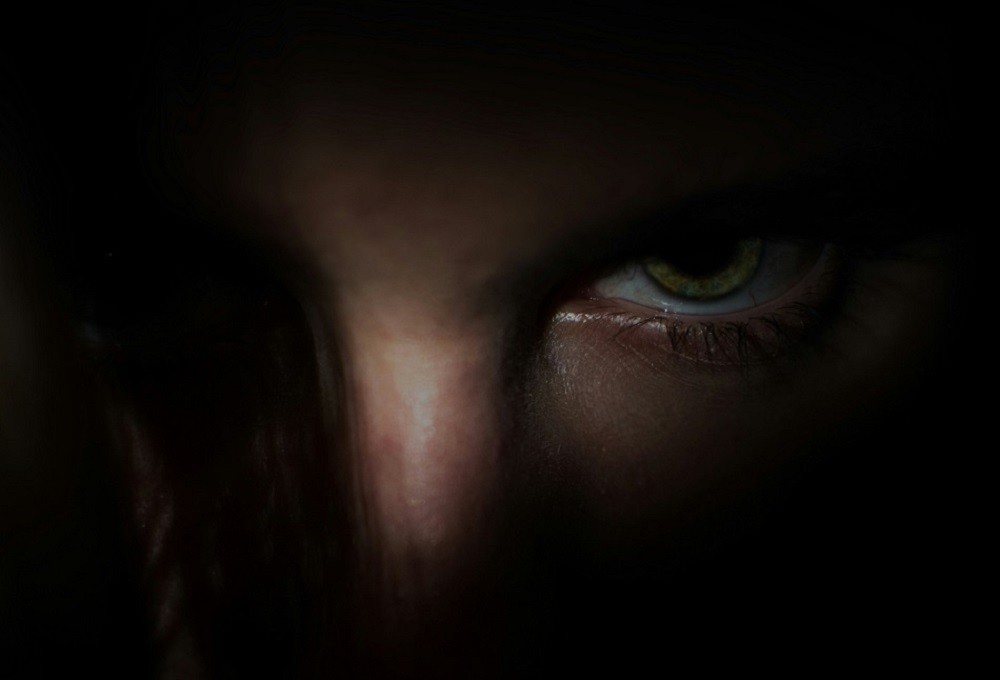
The Evil Eye in Islamic Teachings
Islam does recognize the concept of the evil eye. Prophet Muhammad ﷺ is reported to have said:“The evil eye is real, and if anything could outdo the divine decree, it would be the evil eye.”
(Hadith – Sahih Muslim)
Islamic teachings encourage recitation of specific verses and prayers (duas) for protection, such as:
-
Surah Al-Falaq and Surah An-Naas
-
Ayat Al-Kursi (Qur’an 2:255)
-
Regular dhikr (remembrance of Allah) and trust in divine protection.
However, Islam strictly prohibits using charms or talismans that involve shirk (associating others with Allah), and encourages spiritual remedies instead.
Cultural Practices and Symbols
In Arab culture, and across the broader Middle East, several folk practices have emerged around protection from the evil eye:
-
The blue eye symbol (🧿), often worn as jewelry or hung in homes
-
Burning incense or using salt to ward off harm
-
Saying “Masha’Allah” (ما شاء الله) when praising someone to avoid casting the evil eye
-
Tying black threads or beads on children to protect them
While these practices may vary in religious permissibility, they reflect the emotional and psychological importance of the concept in daily life.
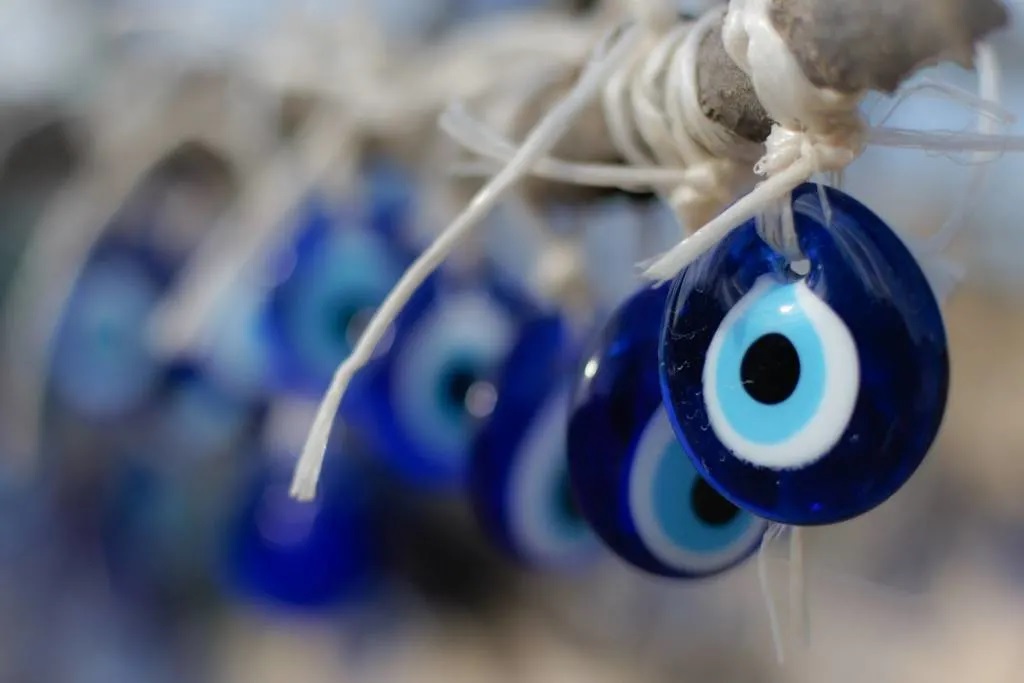
Who Is Most Vulnerable?
According to tradition, children, beautiful or successful individuals, and even new homes or possessions are seen as vulnerable to the evil eye. This belief reflects a deep cultural awareness of jealousy and human nature, especially in tight-knit communities.
Modern Perspectives: Belief vs. Superstition
In modern times, belief in the evil eye varies. Some view it as superstition, while others see it as a psychological reality: the energy of jealousy can affect relationships, emotions, and behavior. Regardless of interpretation, the concept continues to shape language, customs, and spiritual practices across Arab and Muslim societies.
